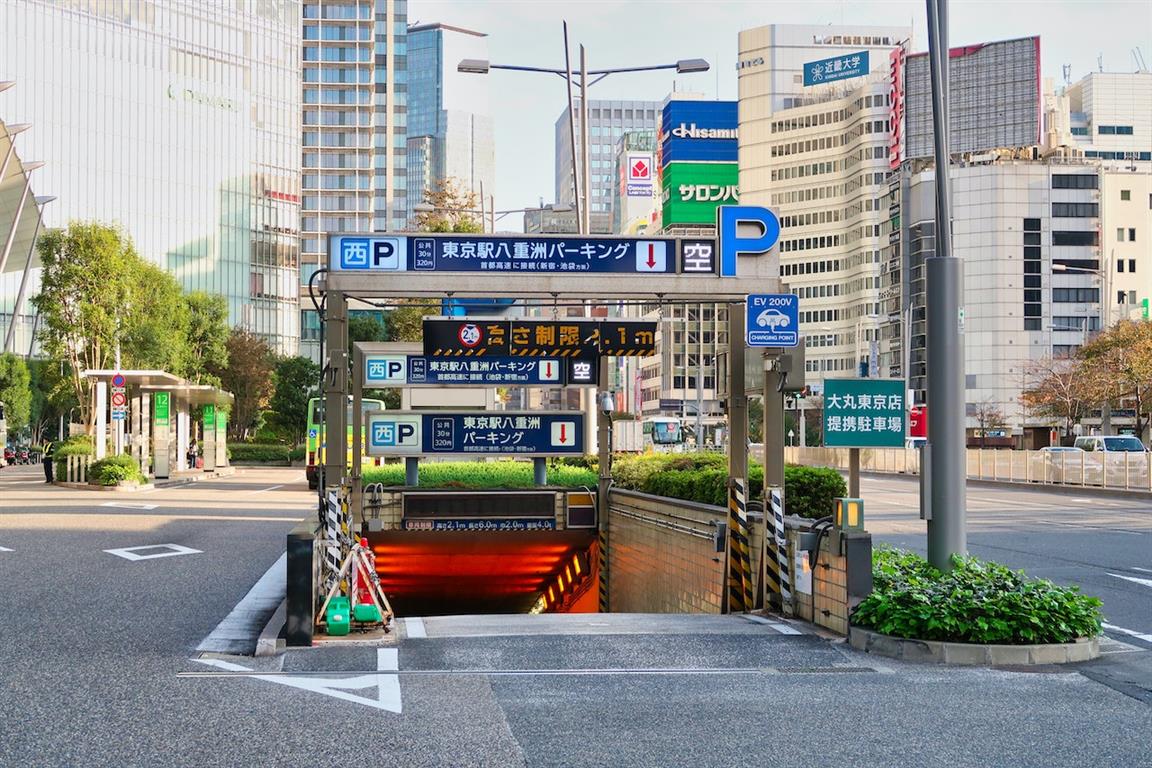Tokyo’s extraordinary metro system

Tokyo’s subway is undoubtedly one of the best in the world. Not only is it the busiest network globally but it also boasts some of the busiest train stations. The network is strictly punctual, which is notable when compared to other major subway networks. Its layout also exhibits a parallel to a natural phenomenon, which is intriguing for scientists and engineers. This article examines the features of the Tokyo metro network and its specific model.
Contrasting Efficiency: Tokyo's pioneering subway vs. New York's struggles
The train system in Tokyo is unmistakably the busiest in the world but also one of the most efficient, according to Statista, while the United States ranks at around 11th globally. Fifteen million passengers use the Tokyo metro daily exceeding the daily commuter number for New York, which averages around 2.4 million travellers who use the rail system to get into the city from surrounding areas.
A comparison between Tokyo’s networks and the New York train system reveals glaring differences which reflect the modern efficiencies and robust funding of the one versus the poor planning, insufficient funds and habitual delays of the other.
One of the most discernable differences is the layout of the lines. In Tokyo, the public transit connections are numerous, and the lines are very interconnected. This serves to decrease congestion and makes unnecessary transfers.
Another clear difference is the punctuality of the systems. In Japan, the rail system is rigorously punctual (trains are, on average, only 10 minutes late). In New York, passengers can expect delays on the platforms in addition to delays on the trains. However, the total delays these days are a vast improvement compared to previous decades. Delays on the New York rail are primarily due to old equipment that requires regular maintenance and repairs.
The largest subway company operating in the city, Tokyo Metro, has been the most profitable even after the pandemic. The MTA has been operating at a loss, and the projected loss in 2026 is expected to be $47 billion. This difference between the two is attributed to funding. Japan’s national government owns 53% of Tokyo Metro and the remaining portion is owned by the Metropolitan government of Tokyo. Continuous investment in the public transit system for the past 60 years in Japan has led to technological improvements and new lines. The MTA, in comparison, is funded by multiple sources, like taxes.
A large portion of funding for both rail networks is the passenger fares. Work-from-home policies during and after the pandemic meant fewer passengers used the rail system. Fewer travellers meant lower passenger revenue. In New York, this has led to a slight price increase in rail fares. In Japan, the fare depends on the distance you are travelling, but in New York, the rate is fixed depending on the zones you're travelling in.
Payments: Contrasting Tokyo's Unified Approach with New York's Evolving System
Paying for passage is much easier in Japan because you require only one of two cards available for almost all public transportation all over Japan.
In comparison, the New York Subway has no integrated payment system. You require multiple tickets for different legs of the journey because multiple jurisdictions govern various parts of the rail network. For example, the city owns the subway but it's leased to the Metropolitan Transportation Authority (MTA), and this is, in turn, controlled by the NY state government. The New Jersey Transportation Department, a different authority, administers the New Jersey Transit, which feeds directly into the city.
However, the New York system is introducing new improvements. An advanced payment system has recently been introduced where you can pay for your journey with a credit card. This payment system will be introduced throughout the rail system. The planned vision is a single fee will get you to your final destination in New York in the future.
Japan has a long history of investment in its public transit systems, which has helped to keep it running smoothly and efficiently. New York and the United States need to catch up in many different aspects, from funding and management to introducing modern technology into its rail systems.
What do mould and the Tokyo Metro have in common?
Specialised engineers in Tokyo carefully designed the metro network to perform as efficiently as possible to meet the considerable demands of transporting millions of people in and around the city.
Bizarrely, in a 2010 study conducted at the Hokkaido University in Japan, slime mould replicated the Tokyo rail network after oat flakes (food for the mould) were arranged in the same pattern as major Japanese cities around Tokyo and allowed to decay. Despite the slime mould having no awareness or brain, it produced a similar pattern of nutrient-channelling tubes as the layout of lines of the metro system.
In the early stages of the experiment, the mould was equally distributed around the food source but after some time had passed, a definite pattern emerged where some nutrient tunnels were strengthened while others disappeared. Eventually, the emerging mould pattern resembled the Tokyo rail network with the more extensive mould tunnels concentrated around the centrally located oats.
The mould optimised itself to ensure nutrients were transported to locations where they were most needed. Those important food channels became more robust while other unnecessary channels withered. Biochemists in the study claim the new research that emerged from the study “provides a simple mathematical model for a complex biological phenomenon”. The results have many applications in many different fields.
The results from the study have excited researchers and engineers alike to design a maximally efficient and adaptable metro network based on a model from nature - a model that creates a network design that is adaptable and decentralised, which is very important, especially in emergencies.
Share your experience, participate in the discussion and leave comments in our forum HERE.
Expat Mum in the Desert and content writer for EasyExpat.com